Watching Peanuts Grow
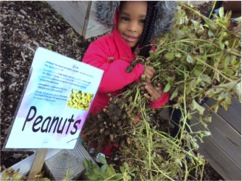 |
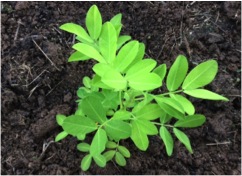 |
At Lexington Elementary, Black History is highlighted weekly with quizzes about inventors and historical figures. So, in the summer when I saw peanut plants at the Bell Demonstration Garden, I decided that not only would they be the perfect addition to our school garden, but also that a George Washington Carver “bed” could help bring history to life for the Pre K children. Peanuts, I soon learned, would take 120 days until harvest. So even though they were planted during the early summer…the children would be able to care for them and harvest them well after the beginning of the school year in August.
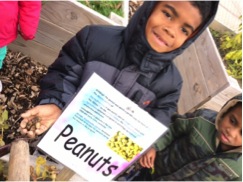 |
 |
Watching peanuts grow was fascinating…as the flower buds grew down toward the ground, buried themselves there and began producing the peanuts – or more accurately, the legumes. You see, peanuts are not really nuts… they are in the same family as peas!
After carrots, green peppers, tomatoes, eggplant, cucumbers and sweet potatoes, the peanuts were the last vegetables the children harvested. On a warm day in November, before the hard frost, the pre K children pulled the entire peanut plants from the bed in the garden and took them into our classroom. There was still so much more to do. Over the next two weeks, we picked peanuts from the plant’s roots (a great fine motor activity for even the three year olds in our class), we swept up lots of soil and plant debris and returned it to the compost bins, we washed the peanuts, placed them evenly on four trays, dried and salted them. Ms. Starla White allowed us to roast the peanuts in the school cafeteria’s oven. After guessing the amount of peanuts; we actually counted them and found that we had over 1600. We shared the peanuts with Lexington staff, students and parents. We also shelled (fine motor)and ate the peanuts while the children frequently commented how “delicious” and “good” they tasted. One of our staff members was almost in tears as she watched the children and reflected on her own childhood growing up on a farm.
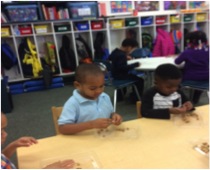 |
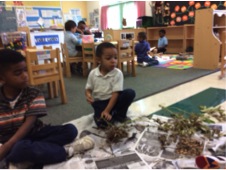 |
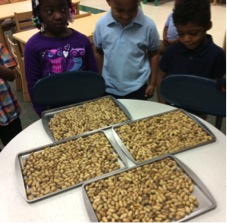 |
We connected our peanut growing activities to Black History through our Smart Board lessons which featured the story of George Washington Carver’s life; and a video showing peanut farming and peanut butter production; and the popular “Peanut Butter” song.
Anita M. Harris, Lexington Elementary

